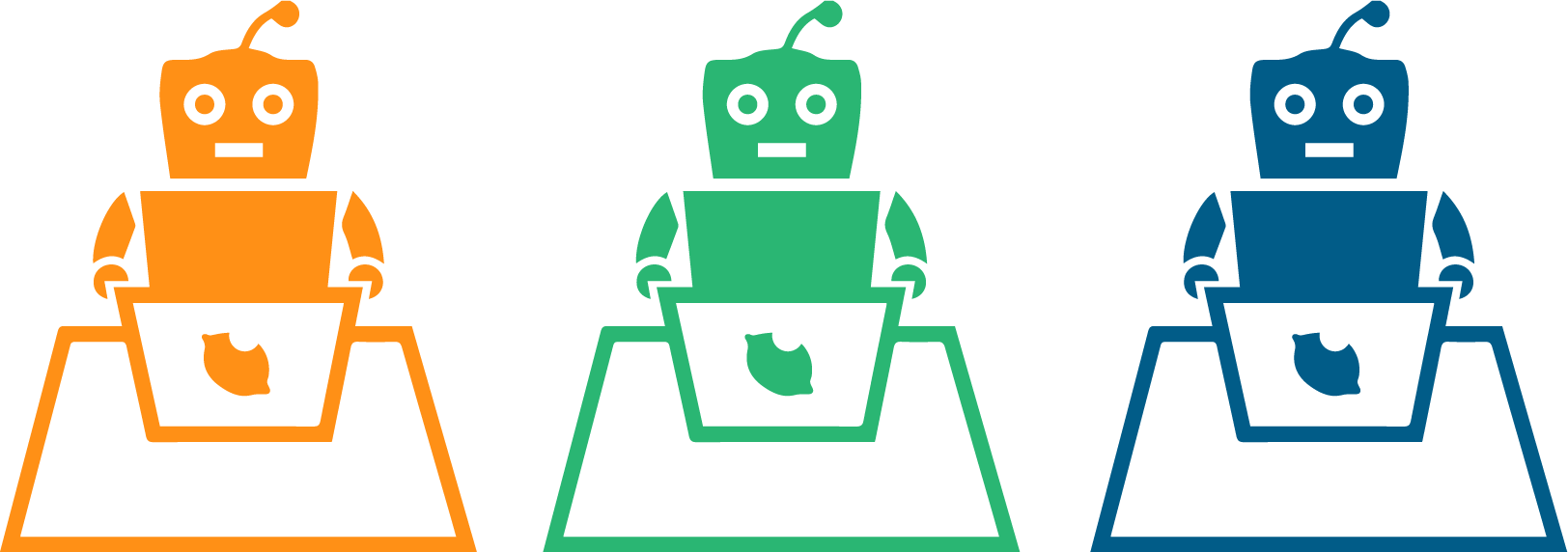
The idea of machines and cyborgs initiating a nuclear holocaust and killing off the entire human race has been the bulk and domain of science fiction novels and cinema for decades now. However, Arnie was not kidding when he uttered that famous Terminator catch phrase: “I’ll be back!” as there has been a lot of activity on the workplace automation development scene only recently, which can make a machine take over reality much sooner than we have anticipated.
Investors are already investing more money in manufacturing automation (either computers or robots). Due to rising labour costs and skill shortages as they reckon automation will allow an element of de-skilling, or rather they see it as a way to design the perfect employee. The traditional way professions use new technologies is to streamline and optimise the way in which they already work, which in some cases have remained unchanged since time began. This includes pilots flying for a few minutes then switching over to autopilot, doctors talking to patients online, and engineering firms using computer-assisted building design software. There are new systems and machines being developed that can either be operated by people or work independently and in the long run making human labour obsolete.
However workplace automation should not be seen as a threat.Not yet. Automation complements labor, increases productivity and interacts with changes in labor supply. Automation technology won’t just change the workplace; it will change our role within it. It will unlock access to knowledge and skills once set aside, for only the privileged few.
When work is done manually, the overall cost of a manufactured product tends to escalate. Manual work was a given in the good old days when robotic machines and computers were not on the market. But now, the overall cost of the product is reduced as the work is done by the machines; robotic machines. The product is assembled, packaged and distributed by machine from one department to another. So, this way the overhead cost is reduced.
Tasks that are dangerous for the health of a human body, can be done by automated robots. The work is done in a more efficient manner and also saves a number of lives. The human body may get hurt, but the robotic machine would certainly not get hurt. What’s more, they can also work with constant speed. So the robots can perform the difficult tasks in an easy manner.
The level of workplace automation advancement means that we can apply it to a myriad of advanced projects and activities, such as report analysis and statistics, language translations, diagnosis and a variety of tasks that could benefit the clinical research sector in particular. With the potential of automation, jobs with organized processes may experience a change in priorities. Clinical Research Associates, for example, might be able to shift their focus to the monitoring of trial subjects and clinical personnel and devote clinical data processing to automation.
The idea of automation replacing humans altogether is unsubstantiated, however. Computers and robots can do things that require logic, but logic is only one part of the human mind. Our basic human qualities are hard to code and we are useful workers because of emotions like empathy, creativity, judgement and critical thinking, thus the need for human labor will persist. Honestly, computers are not intelligent or sentient. All they are is glorified calculators. Obviously a computer can not interact with other people. For example Healthcare, education, and caring for the elderly and children are all seen as occupations that would still require a human touch as it is areas in which human compassion is important and will be less changed than those where compassion is less or not important.
Bottom line is we are moving towards a workplace that ensures that people and machines can work together, and not against each other…for now at least. That is until an artificial intelligence defense network becomes self-aware and initiates the previously mentioned nuclear holocaust. Only time would tell, but until then it is important that employees are fully committed with digital transformation. This includes keeping skills up to date so that staff can be comfortable making use of intelligent automation and involving them in the new ways of working.




